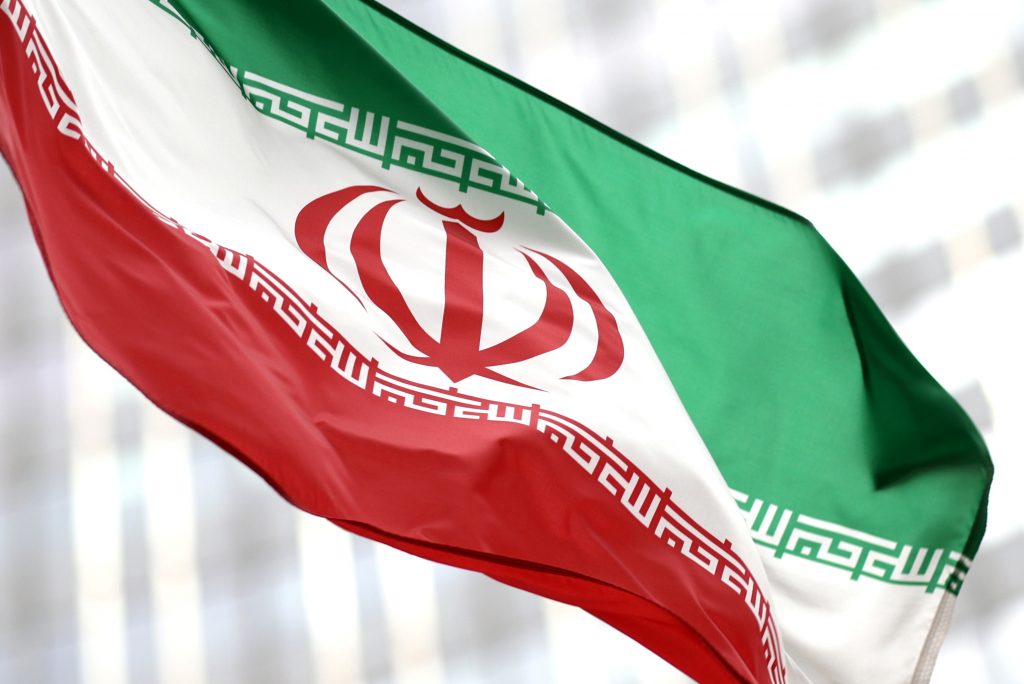Dubai: Iran’s currency fell to a new record low Sunday, plunging to 600,000 to the dollar for the first time as the effects of nationwide anti-government protests and the breakdown of the 2015 nuclear deal continued to roil the economy.
Iranians have formed long lines in front of exchange offices in recent days, hoping to acquire increasingly scarce dollars.
Many have seen their life savings evaporate as the local currency has deteriorated. Inflation reached 53.4 per cent in January, up from 41.4 per cent two years ago, according to Iran’s statistics centre.
The dire economic conditions have contributed to widespread anger at the government, but have also forced many Iranians to focus on putting food on the table rather than engaging in high-risk political activism amid a fierce crackdown on dissent.
Iran’s currency was trading at 32,000 rials to the dollar when it signed the 2015 nuclear accord with world powers. The agreement lifted international sanctions in return for strict limits on and surveillance of its nuclear activities.
The agreement unravelled when then-President Donald Trump unilaterally withdrew the US from it and restored crippling sanctions. Iran responded by ramping up its enrichment of uranium, and now has enough for “several” atomic weapons if it chooses to develop them, according to the UN’s nuclear watchdog.
Iran insists its nuclear programme is entirely peaceful, but experts say it had a nuclear weapons programme until 2003 and is developing a breakout capacity that could allow it to quickly build an atomic weapon should it decide to do so.
The Biden administration supports a return to the 2015 agreement, but negotiations hit an impasse last year and appear to have ground to a halt. Iran has further angered Western countries by supplying armed drones to Russia that have been used in its invasion of Ukraine.
Meanwhile, Iran has seen waves of anti-government protests since the September death of a 22-year-old Kurdish-Iranian woman who was detained by the morality police for allegedly violating Iran’s strict Islamic dress code.
The protests rapidly escalated into calls for the overthrow of Iran’s ruling Shiite clerics, marking a major challenge to their four-decade rule. Iran’ has blamed the unrest on foreign powers, casting it as an extension of the sanctions, without providing evidence.
The Trump administration had hoped that maximum sanctions would force Iran to make major concessions on its nuclear activities, its ballistic missile programme and its military involvement in countries across the Middle East, but it has yet to do so.
AP
